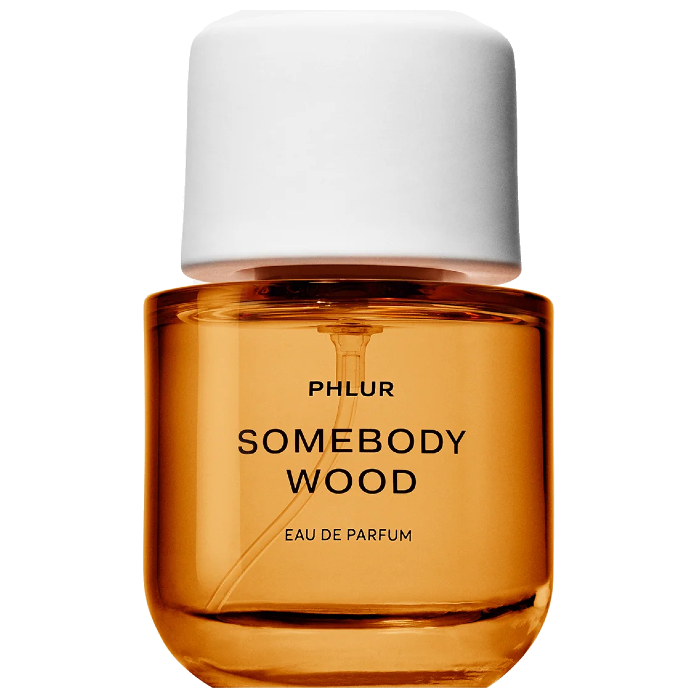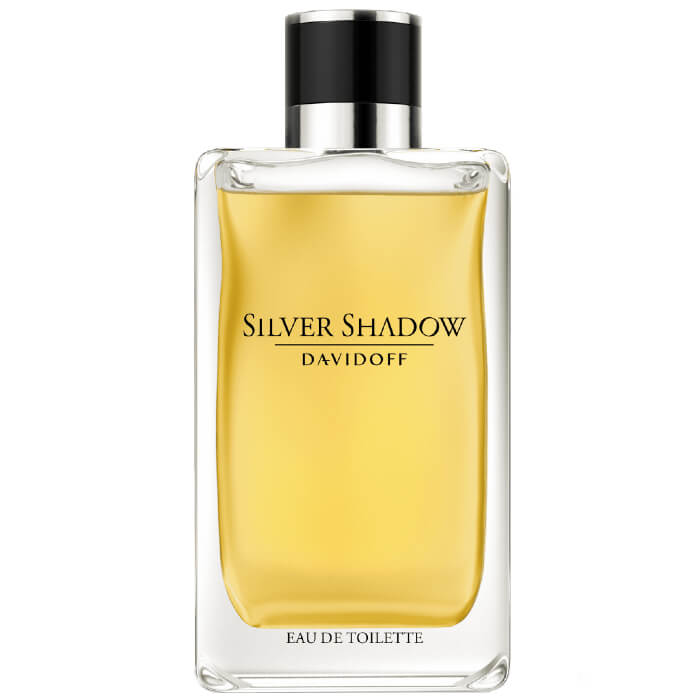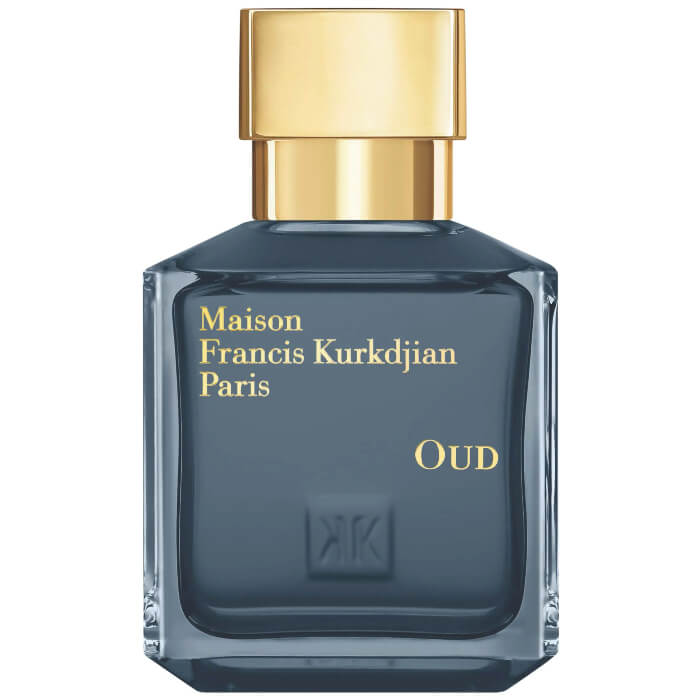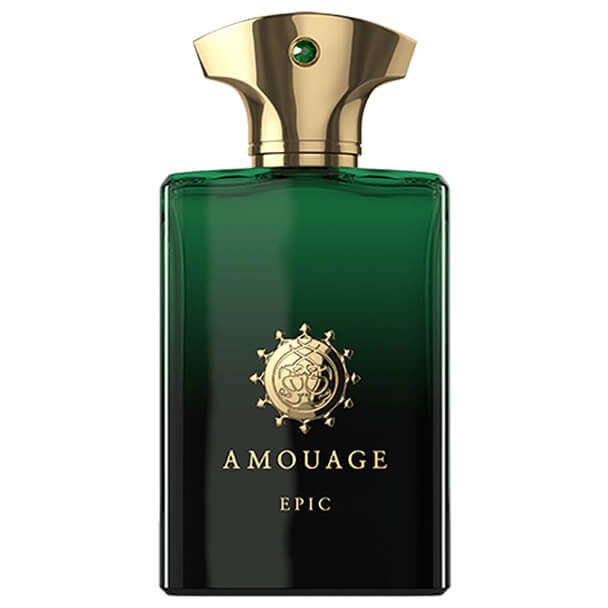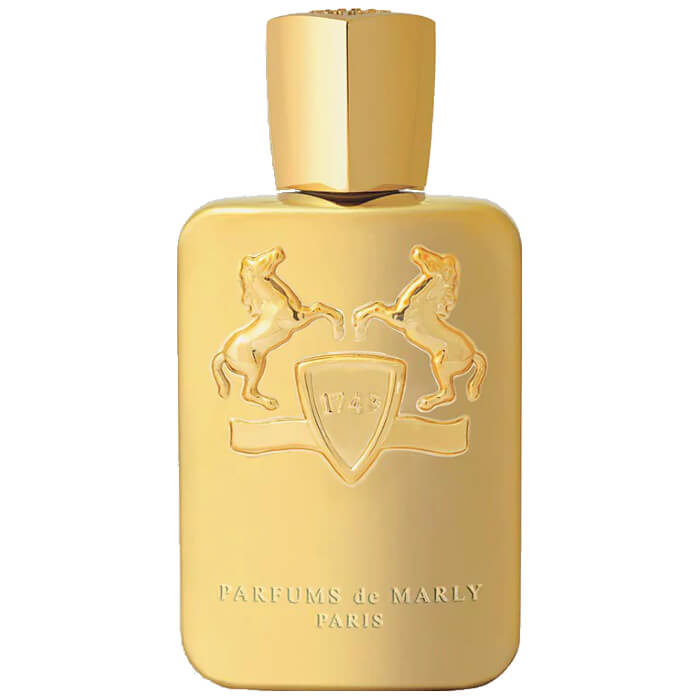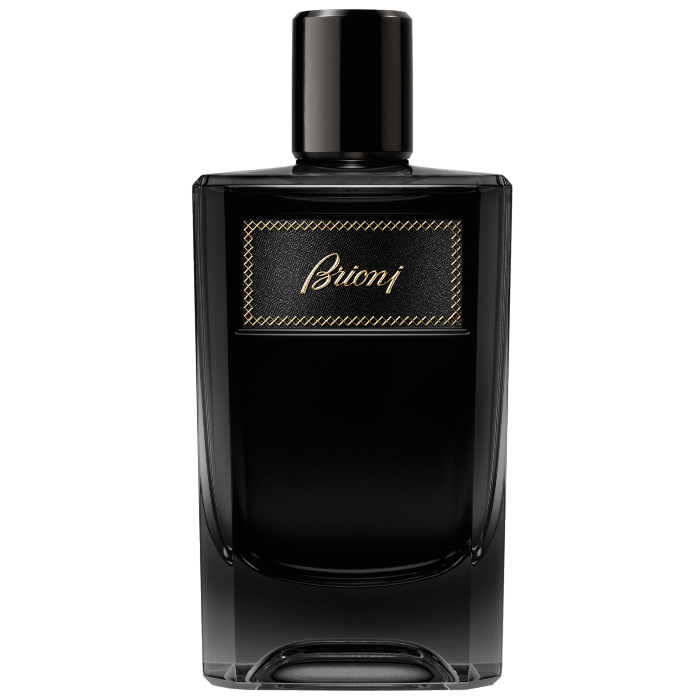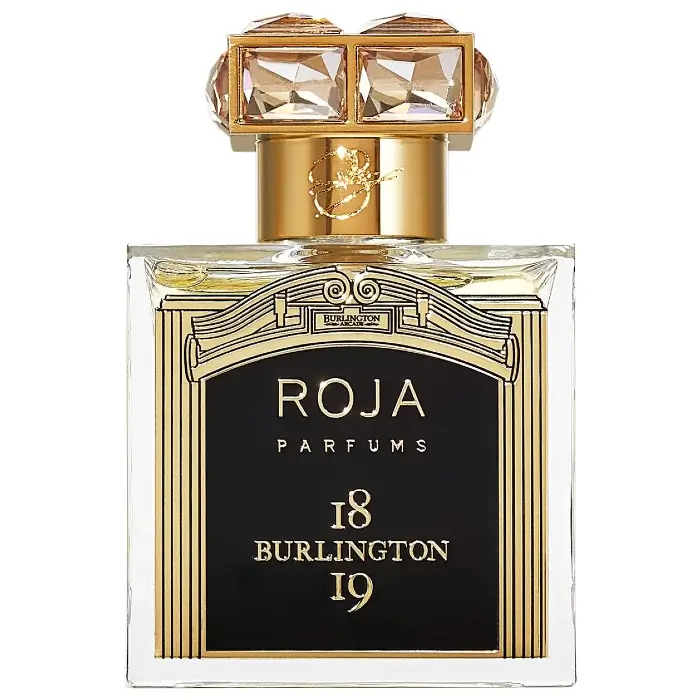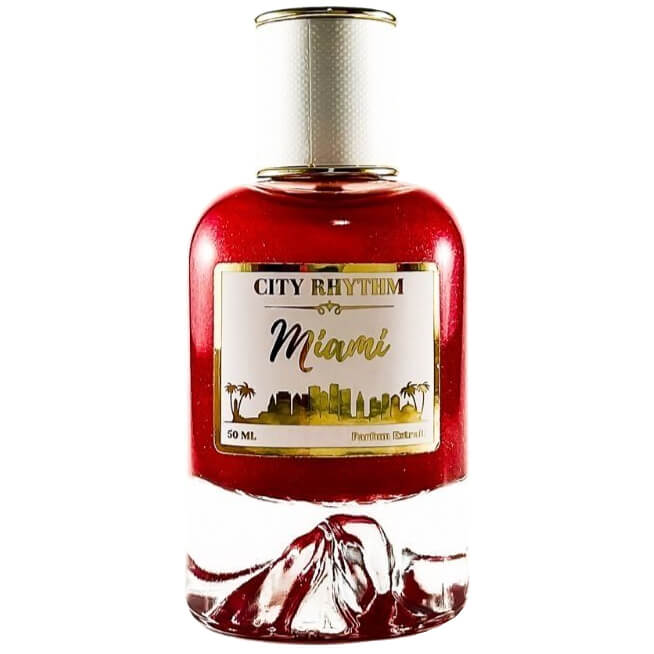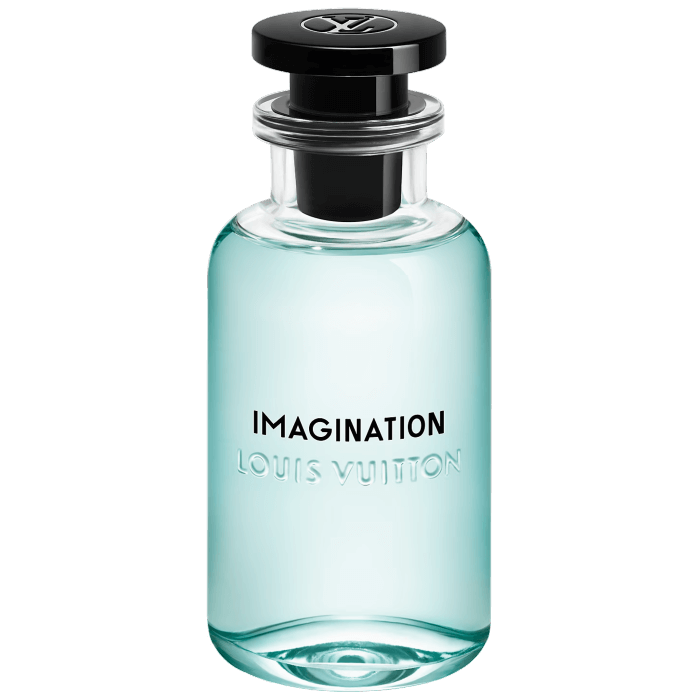Baccarat Rouge 540
Fragrance Profile
Concentration: Eau de parfum
Olfactory Family: Floral, Ambery, Woody
Top Notes: Jasmine & Saffron
Heart Notes: Cedarwood
Base Notes: Ambergris accord
Manufacturer’s Description: Baccarat Rouge 540 eau de parfum is born from the encounter between Maison Francis Kurkdjian and Baccarat to celebrate the crystal manufacturer’s 250th birthday. The woody scent releases a poetic alchemy, a highly condensed and graphic olfactory signature. Breezy jasmine facets, radiant saffron boost the ambergris mineral notes and the woody tones of freshly-cut cedar. Bright and sleek, Baccarat Rouge 540 eau de parfum caresses the skin like an amber and woody floral whisper.
Olfactory Notes
Hedione: This aromatic compound developed in the 1960s has become one of the most frequently used. When isolated, it evokes the floral and very fresh delicacy of jasmine, with a slight lemony facet, like a slice of lemon dipped in a glass. In its natural state, it comes into the composition of the scent of tea and jasmine, even if it is quite different, more airy, more luminous. In addition to this transparency and lightness, it binds other ingredients and adds freshness, volume and diffusion to a creation. Francis Kurkdjian refers to it as a breeze of petals.
Ambroxan: Ambroxan is obtained from sclareol, one of the natural constituents of clary sage. It was created in the 50s and gradually superseded ambergris, a natural excrement of the sperm whale. Ambroxan emulates its various amber, dry woody and mineral facets. It is a kind of super-potent woody note with a lingering sillage that adds a modern sensuality to any kind of composition. Ambroxan has spawned a large family of similar molecules, often called “amber woods”.
Cedar from Virginia: This is the typical smell that comes out when you sharpen a pencil: woody, dry, slightly spicy and creamy. This North American cedar, also called red cedar because of the color of its wood, belongs to the juniper family, Juniperus Virginiana. Several types of cedars are used in perfumery, but this one comes into play in the heart and base, which gives a kind of verticality to its woody theme. It is quite different from the other three main varieties used in perfumery, the drier Texas cedar, the animalic and leathery Atlas cedar or the smoky Chinese cedar.
Saffron: Coming from the pistil of a variety of crocuses, this most expensive spice in the world is nicknamed “red gold”. Natural saffron is not used in perfumery because it contains safrol, a highly allergenic compound. But its effect is reproduced with one of its derivatives, saffronal. Its very powerful perfume is bitter and slightly metallic, blowing hot and cold on the rest of the composition with also a leathery, tarred facet. Francis Kurkdjian likes to use it in the top layer of a fragrance to break the sweetness of citrus notes. It is often associated with Oud-based perfumes and amber accords.
Related Fragrances
These are...

